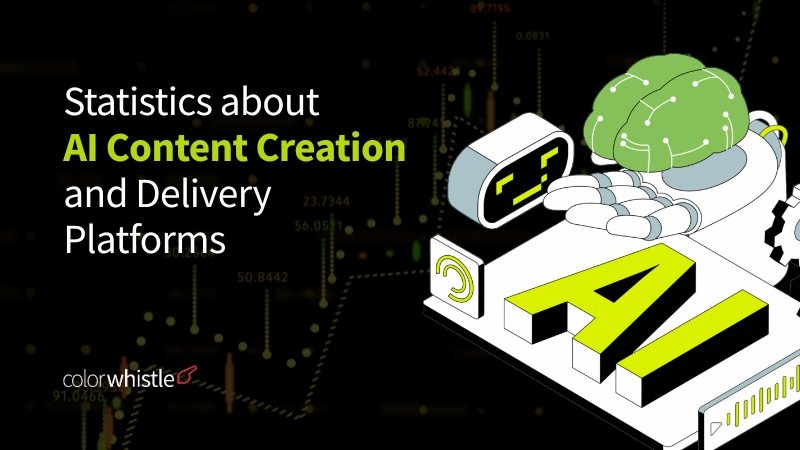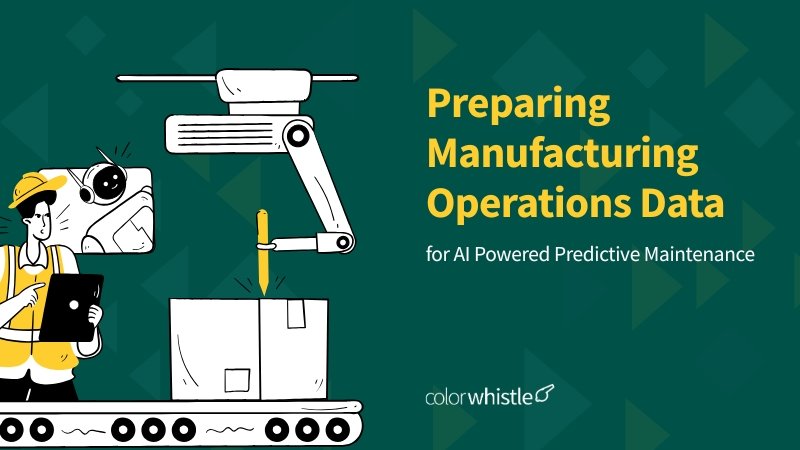Can AI replace teachers? As AI becomes more common in education, many wonder: Should AI replace teachers? Or even, why should AI replace teachers at all?
AI can personalize lessons, track progress, and offer 24/7 help. So yes, AI is replacing teachers in repetitive tasks. But how can AI replace teachers when it comes to emotional support and human connection? That’s the real challenge.
And if you’re in the education industry, you’re probably planning to build an AI platform for your institute! Check out our detailed article, “The Future of Education: Exploring AI, STEM, Metaverse, AR, and VR,” to learn more about AI in education.
Let’s see the pros and cons of AI in education and see if it can truly replace teachers.
Also Read
The Pros and Cons of AI in Education
AI in education brings the possibility of personalized learning, greater efficiency, and better access to educational resources. Here are a few pros and cons of AI in education.
Pros of AI in Education
Cons of AI in education
Quiet Support for Shy Students: AI provides introverted students a safe space to learn and ask questions without fear of judgment. It allows them to practice and gain confidence before engaging in class discussions.
Over-Automation Fatigue: Students may experience cognitive fatigue due to overly structured, AI-driven learning paths that leave little room for spontaneity or creative problem-solving.
AI as a Supplementary Mentor: Beyond teachers, AI can act as a ‘mentor’ that offers feedback and guidance outside class hours, assisting students during their homework or late-night study sessions when teachers are unavailable.
Devaluation of Teacher Intuition: As AI begins to guide much of the curriculum, the intuitive understanding teachers have of their student’s needs might be undervalued, limiting the space for creative teaching.
Resilience Building Through AI Gamification: Certain AI systems integrate game mechanics into learning, encouraging students to persist after failures by rewarding effort and perseverance, not just correct answers.
Risk of Over-Personalization: While personalized learning is beneficial, over-personalization through AI might isolate students, preventing them from adapting to group settings or working collaboratively with peers.
24/7 Availability: Unlike traditional teaching, AI-based systems can be available to students at any time, offering support beyond classroom hours, which is particularly helpful for self-paced learning and distance education.
Dependency on AI Feedback: Continuous AI feedback could lead students to become overly reliant on algorithm-driven responses, reducing their confidence in self-assessment and independent thinking.
AI-Driven Stress Monitoring: Some AI programs can analyze a student’s behavior patterns and identify signs of stress or burnout, alerting teachers to intervene before it affects their performance.
Ethical Concerns: There are ongoing debates about privacy, data security, and the potential bias inherent in AI algorithms. Students’ data is at risk of misuse, and AI systems can sometimes reinforce existing inequalities if not designed and implemented carefully.
Supporting Students with Special Needs: AI tools can help students with different learning challenges, like using speech-to-text for those who find writing difficult or providing visual help for those with poor eyesight. This makes learning easier for everyone.
The Digital Divide: Not all students have equal access to AI-powered tools due to socioeconomic disparities.
Cost Advantage: Over time, AI can reduce administrative burdens, automate grading, and scale personalized learning – making education delivery more efficient.
Cost Burden: High upfront costs for software, hardware, teacher training, and ongoing maintenance can strain budgets, especially in underfunded institutions.
The Irreplaceable Role of Human Teachers
Even with AI advancements, human teachers are still essential because they can connect with students personally. Teachers do more than just teach—they inspire, guide, and influence students’ lives in meaningful ways. They are role models, helping shape students’ values, attitudes, and behaviors. The human touch, like understanding a student’s emotions and adapting teaching methods on the spot, is something AI can’t do.
Also, learning is a social activity. Interacting with peers and teachers is a key part of education. These interactions help students build communication skills, learn teamwork, and develop social awareness, all of which are important for success in life.
The Future: A Hybrid Approach
The future of education will involve a mix of AI and traditional teaching. AI can help with repetitive tasks, personalize learning, and offer insights from data, while human teachers focus on students’ social, emotional, and intellectual growth.
By working together, AI and human teachers can create a more efficient and effective educational system, using the strengths of both to improve learning. Schools and educators will need to adjust to this new approach, using AI tools while keeping the human aspects of teaching intact.
Also Read
How ColorWhistle Offers Personalized AI Solutions for Education
At ColorWhistle, we know every school and learning platform is different. That’s why we offer personalized AI solutions to fit your unique needs:
- AI Tools Made Just for You – We create chatbots, learning apps, and smart systems based on what your students and teachers need
- Custom eLearning Platforms – We build easy-to-use websites and apps that make learning better with AI
- Smooth AI Integration – We connect popular AI tools to your existing systems without any hassle
- User-Friendly Design – Everything we build is simple, clear, and accessible for everyone
- Ongoing Help – We’re here to support you with updates, fixes, and improvements over time
Wrap-Up
Many ask, “Can AI replace teachers?” or “Should AI replace teachers?” Our answer? AI should support, not replace, educators. While AI can handle tasks like grading or giving instant feedback, it cannot replace the care, intuition, and human connection that real teachers bring. That’s why AI should not replace teachers but work alongside them.
Before building an AI education platform, it’s essential to consult with experts experienced in AI Consulting Services and Integration Services to ensure informed decision-making.
This helpful blog, “What Will It Take to Implement AI in Schools,” explains more about implementing AI in schools.
Browse our ColorWhistle page for more related content and learn about our services. To contact us and learn more about our services, please visit our Contact Us page.
What’s Next?
Now that you’ve had the chance to explore our blog, it’s time to take the next step and see what opportunities await!





